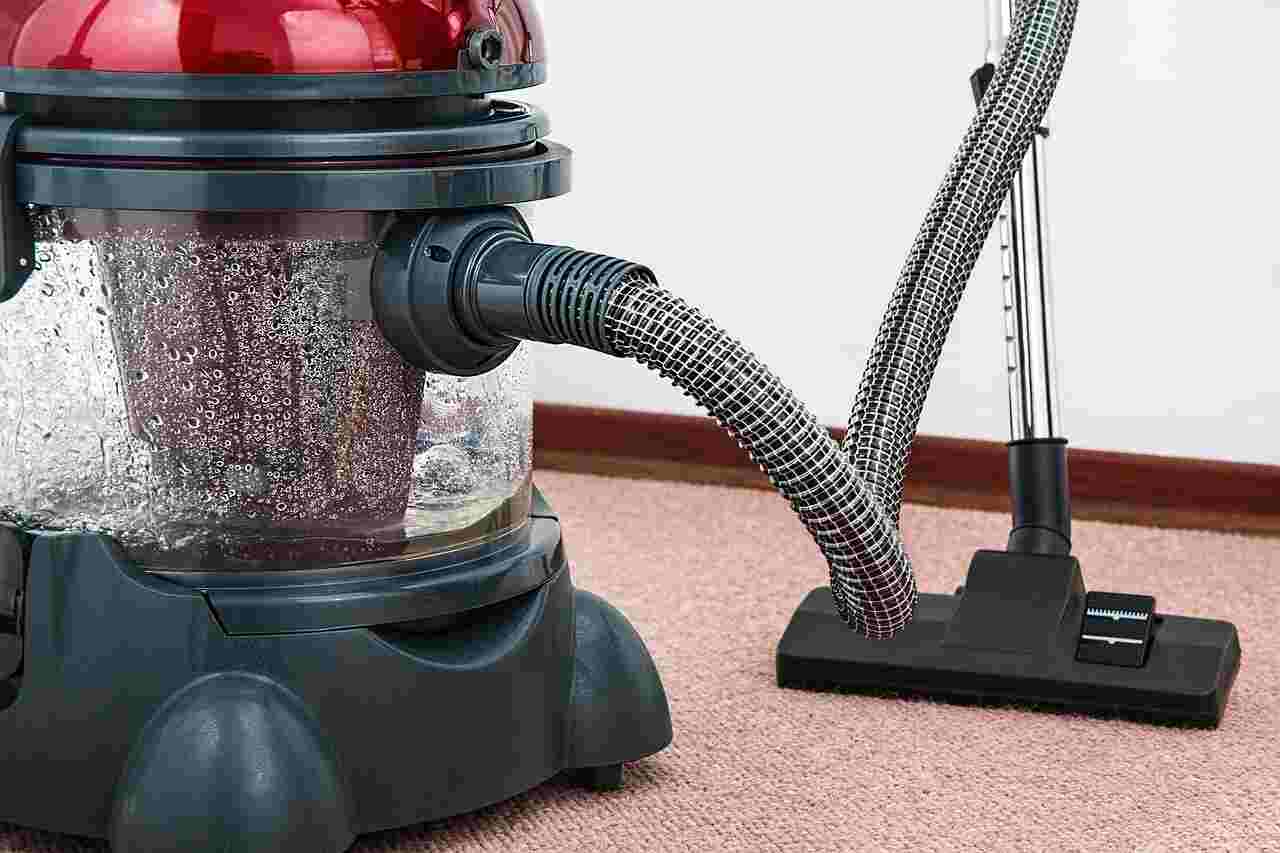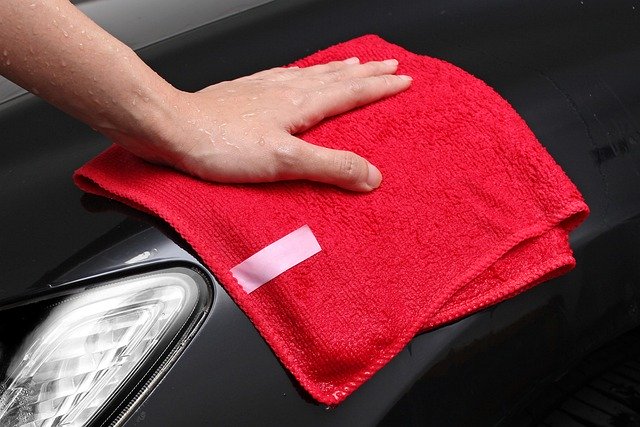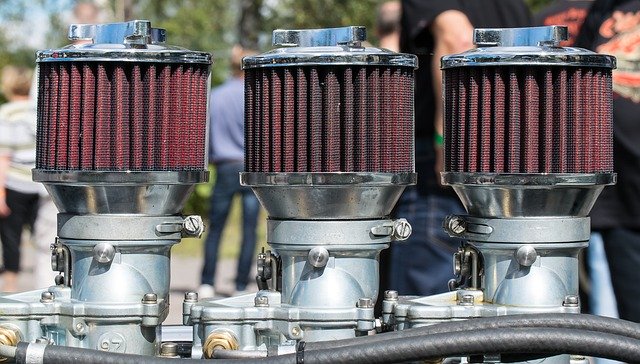Keeping your home clean involves more than just vacuuming – it’s about taking care of the very tool that keeps your floors spotless. In this detailed guide, we’ll delve into the crucial aspects of properly cleaning and maintaining your home’s vacuum cleaner. From understanding the inner workings of your vacuum to simple, effective cleaning techniques, we’ll cover everything you need to know to ensure your vacuum stays in top-notch condition.
To appreciate the importance of maintenance, it’s essential to understand the basic workings of your vacuum cleaner. Most vacuums operate by creating suction to lift dirt and debris from surfaces into a dustbin or bag. Regular maintenance ensures that this suction power remains at its peak, ensuring efficient cleaning.
There are various types of vacuum cleaners, including upright, canister, and robotic vacuums. Each type has its unique features and maintenance requirements. Understanding the type of vacuum you have is the first step in proper maintenance.
The 10 Importance of Proper Vacuum Cleaner Maintenance
1. The Lifespan Extender
Regular Filter Cleaning
Properly cleaning and maintaining your vacuum cleaner’s filters not only ensures effective dust and allergen removal but also extends the life of the entire machine. Filters that are clogged with dirt can strain the motor, leading to reduced suction power and potential damage.
Belt Checks and Changes
Regularly inspecting and changing the vacuum cleaner’s belt is like giving it a new set of tires. A worn-out or loose belt can affect the brush roll’s performance, causing it to miss dirt and reducing overall cleaning efficiency.
2. Enhanced Cleaning Efficiency
Optimal Suction Power
Proper maintenance, including emptying the dustbin or replacing vacuum bags as needed, ensures that the vacuum’s suction power remains at its peak. A well-maintained vacuum can effortlessly pick up dirt and debris, leaving your floors spotless.
Unclogging the Hose
A clogged hose can be the culprit behind poor suction. Regularly checking and unclogging the hose ensures that your vacuum can reach every nook and cranny, maintaining its efficiency in various cleaning tasks.
3. Improved Indoor Air Quality
Clean Filters, Clean Air
Dirty filters can release dust and allergens back into the air, affecting indoor air quality. Cleaning or replacing filters regularly ensures that the air circulated by the vacuum is clean, contributing to a healthier living environment.
Empty Dustbins Promptly
Allowing the dustbin to overflow not only decreases suction power but also releases dust and allergens into the air during emptying. Regularly emptying the dustbin prevents this and keeps your home’s air fresher.
4. Cost Savings
Avoiding Repairs
Regular maintenance helps catch issues early on, preventing costly repairs. Simple tasks like checking for blockages, cleaning brushes, and replacing parts as needed can save you from major expenses down the road.
Extending Belt Life
Replacing a vacuum cleaner belt is more cost-effective than replacing the entire machine. Proper maintenance, such as avoiding overloading the vacuum and cleaning the brush roll, can extend the lifespan of belts.
5. Consistent Pet Hair Removal
Tackling Pet Allergens
For pet owners, a well-maintained vacuum is crucial for effective pet hair and dander removal. Regularly cleaning filters, brushes, and the dustbin ensures that your vacuum remains a pet-friendly cleaning ally.
Preventing Odors
Pet hair and debris can lead to unpleasant odors in your vacuum. Proper cleaning and maintenance help prevent these odors, ensuring that your vacuum keeps your home smelling fresh.
6. Preventing Allergen Spread
Regular Filter Changes
For allergy sufferers, maintaining clean filters is paramount. Regular changes prevent allergens from being released back into the air, providing relief to those with sensitivities.
Clean and Sanitize Brushes
Regularly cleaning and sanitizing brushes prevent the spread of allergens and bacteria, contributing to a healthier home environment.
7. Environmental Impact
Reducing Waste
Proper maintenance can extend the lifespan of your vacuum cleaner, reducing the need for frequent replacements and minimizing waste.
Sustainable Cleaning
Some vacuum models offer washable and reusable filters, reducing the environmental impact associated with disposable filters. Opting for sustainable practices contributes to a greener cleaning routine.
8. Versatility and Functionality
Maintaining Attachments
Vacuum cleaners often come with various attachments for different cleaning tasks. Properly cleaning and storing these attachments ensure that your vacuum remains a versatile cleaning tool for various surfaces and spaces.
Addressing Blockages
Frequent checks for blockages in hoses and attachments prevent reduced functionality, allowing your vacuum to excel in tasks like upholstery cleaning and reaching tight spaces.
9. Easy Maneuverability
Cleaning Wheels and Rollers
Regularly cleaning wheels and rollers ensures smooth maneuverability. This is particularly important for upright vacuums and canister vacuums, allowing them to glide effortlessly across different flooring types.
Checking for Obstructions
Inspecting and removing any obstructions in the vacuum’s wheels or rollers prevents strain on the motor and enhances the vacuum’s overall maneuverability.
10. User Safety
Electrical Safety
Inspecting the power cord and plug for damage is crucial for user safety. Regularly checking and addressing any issues prevents electrical hazards and ensures safe operation.
Avoiding Overheating
Proper maintenance, including keeping filters clean and addressing blockages, prevents the vacuum from overheating during use, safeguarding both the user and the machine.
A Step-by-Step Guide to Vacuum Cleaner Maintenance
Cleaning Filters and Dustbins
Regularly check and clean your vacuum’s filters and dustbins. Depending on the model, this may involve washing, tapping, or replacing filters. Empty the dustbin or replace the bag when it’s half full to maintain optimal suction.
Inspecting Brushes and Rollers
Examine the brushes and rollers for tangled hair, string, or debris. Clean them using scissors or a knife, ensuring they spin freely. This is especially important for preventing strain on the motor.
Checking Hoses and Attachments
Inspect hoses and attachments for blockages. Use a broom handle or a straightened wire hanger to clear any clogs. Ensure that attachments are securely connected and in good condition.
Examining Belts
Check the vacuum’s belt for signs of wear and tear. If it’s loose or damaged, replace it according to the manufacturer’s instructions. A well-maintained belt ensures proper brush rotation.
Cleaning Wheels and Ventilation
Regularly clean the vacuum’s wheels to ensure smooth movement. Check for any debris around the ventilation areas and clear blockages to prevent overheating.
Conclusion
In conclusion, properly cleaning and maintaining your home’s vacuum cleaner is not just about preserving a household appliance; it’s about ensuring a cleaner, healthier, and more cost-effective living space. From extending the vacuum’s lifespan to improving its cleaning efficiency, the benefits are far-reaching. So, let’s embrace the role of caretakers for our trusty cleaning companions, ensuring they continue to serve us well in the ongoing battle against dirt and debris. A well-maintained vacuum is not just a machine; it’s a reliable partner in maintaining a clean and comfortable home.














